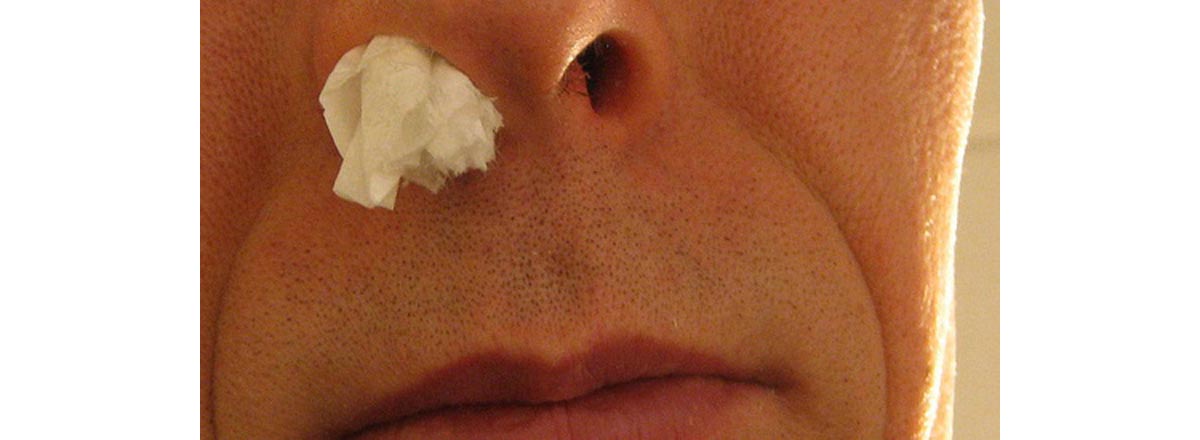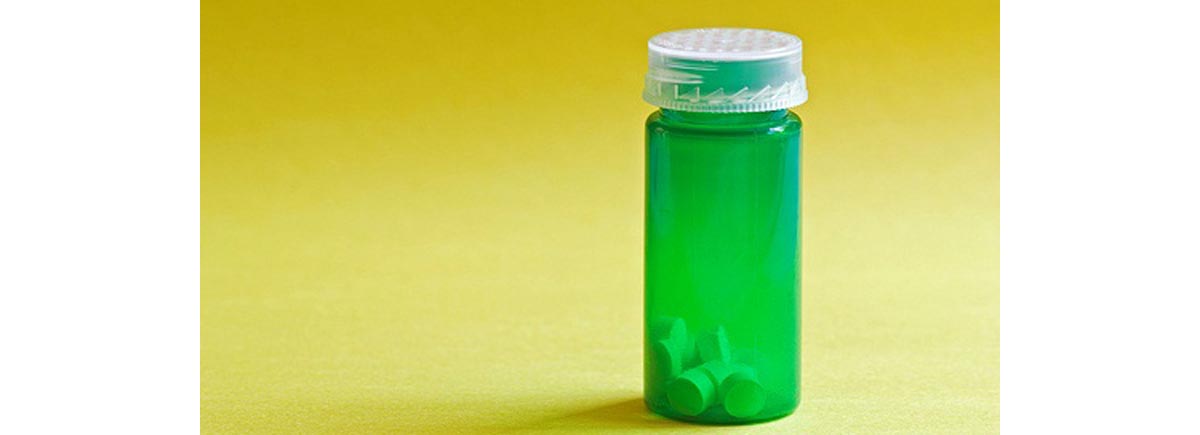Winter is fast approaching, and for those people living in northern-hemisphere countries that means cold and flu season is starting too. A strong and healthy immune system reduces your risk of catching them, but how can you remedy and manage colds and the flu naturally if you are unlucky enough to get ill anyway?

Cold and flu season — when and why?
Winter is the prime time for both colds and influenza, but they will peak at different months of the year depending on your location. The US Centers for Disease Control and Prevention (CDC) has data that shows October and November are already great “warm-up months” for the flu, but that flu rates really soar between December and March. February is actually the busiest month for the flu.
If you want to know how to take care of yourself, your children or your partner when you come down with a cold or the flu, you will first need to know what the differences between the two are. A surprising number of people is not aware of these differences, and will claim to have “come down with the flu” when they notice a runny nose or a slightly sore throat. So, just in case you are wondering, let's take a look at the differences between the common cold and the flu.
The influenza virus comes in different types. You've got the bird flu (H5N1), the swine flu (H1N1), and various strains of seasonal flu — which is of course what you are most likely to get right now. Five to 20 percent of United States residents will suffer from a strain of seasonal flu this year.
The symptoms can be:
-
Fever
-
Muscle and joint pain, possibly all over the body
-
A headache
-
Fatigue
-
Nausea, vomiting and diarrhea
-
Chills
-
And then there are the symptoms that also come with the common cold — a snotty nose, sneezing, coughing and a sore throat
The common cold is caused by different viruses than the flu, and although some of the symptoms are the same a cold is usually much milder than the flu. You can expect:
-
A runny or congested nose
-
Sneezing
-
Coughing and a sore throat
-
Watery and perhaps irritated eyes
-
And then you may have a slight headache and a low fever — a common cold may make you feel a little under weather, but won't force you to stay in bed all day whether you want to or not.
Those people who are not sure whether they have a strain of influenza or are dealing with a common cold can always head to their family doctor and get tested.
Managing Colds Naturally
Having a cold is really annoying, but once you are infected with the virus there is nothing you can do to cure yourself. Your cold has to run its natural course, but there are some things that you can do to manage your cold and help you through it more easily. You don't need any kind of antibiotics, and can usually do without over-the-counter pain killers as well. The following common cold “remedies” will also benefit anyone who has the flu.

Grandma may have thought that going outside without a thick coat and a scarf in the winter is what causes colds, but she was not wrong about everything. Chicken soup may really make you feel better. Any hot drink, including tea or vegetarian soup, could help loosen up all that mucus. Soups are also often rich in vitamins, which help strengthen your immune system. Just drinking plenty of water may reduce your cold symptoms as well, because staying hydrated dilutes all that snot and can keep headaches away.
Placing a plate with chopped onions next to your bed or even under your pillow, wrapped in a cloth, will help you deal with nasal congestion. Depending on your food preferences, you may think it smells horrible... but at least you will be able to smell. Chopped onions are a tried and tested cold remedy in my family, and it does work.
A steam bath with eucalyptus or peppermint oil is another really effective way to get a blocked nose running again. Adding chamomile, which possesses anti-viral properties, is a good idea too. If you do not own a steam bath, sticking your face over a sauce pan with really hot water and covering your head with a tea towel will work just as well. The steam should be as hot as you can tolerate, but you should clearly not burn yourself. Having a shower also gets your nose to clear up a bit.
If you are coughing, thyme syrup will alleviate that itchy and sore throat, while chamomile tea is great to combat inflammation. Honey is another option, and sucking on liquorice or drinking liquorice root tea may soothe your irritated throat too and will work as a dry cough treatment too. Do not use this if you suffer from hypertension.
Echinacea is the most popular herbal treatment for the common cold. This herbal remedy is still controversial, and many medical professionals doubt whether echinacea could possibly effective in treating a cold. Still, a meta-analysis of studies into this topic found that echinacea in various forms found that it contributes to preventing the common cold as well as reducing the total time during which you suffer an already established cold.
Finally, vaseline or other petroleum-based creams can play a very important role in alleviating the discomforts that come with the common cold. My daughter always gets those horrible scratches around her nose when she has a cold because of the constant wiping — sometimes it's so bad that it bleeds! Putting some vaseline on the affected area every time you wipe or blow your nose can keep those little wounds away.
Getting Over The Flu
All the suggestions I gave you to manage a common cold will also work for those flu symptoms that are identical to common cold symptoms. Yet, there are some specific symptoms that people who have the flu suffer from that you will not have when you only caught a cold. They are diarrhea, vomiting, muscle and joint pains and a significant fever.

Research shows that hand washing does not come naturally to a lot of people. Perhaps that is reason enough not to include it here, in an article about natural remedies. Yet, washing your hands is the number one way to prevent the flu. If you are one of those dirty people who don't wash their hands all day, you should start now. The flu virus can survive on inorganic surfaces for up to two hours — everything you touch at work is suspect during flu season. Keyboards, printers, copiers, telephones? Wash your hands! People who work with kids should be even more careful about washing their hands, as they are much more likely to catch the flu.
Elder flowers and peppermint leaves are popular herbal remedies for a fever. If you have small kids with the flu, soaking socks in water and putting them on your child can reduce a fever. Some people say that you have to soak the socks in either vinegar or raw eggs, but water does the trick just fine. Place a wet cloth over their head too. I can't say that I am aware of any scientific evidence that wet socks are a reliable fever-reducer, but I have tried it on my kids and it works.
One hot drink many people with a the flu or a common cold enjoy is lemon, ginger and honey “tea”, all with fresh ingredients. Lemon has lots of vitamin C, ginger helps settle nausea down, and honey posesses anti-inflammatory properties.
Those people who find the flu is accompanied by vomiting and diarrhea should drink plenty of water to avoid dehydration. If your diarrhea lasts longer than a few days, you should see your family doctor to discuss allopathic treatment options.
The flu does, unfortunately, have to run its natural course — you cannot cure it, and just have to “enjoy” the ride while it lasts. Using a tincture of nettle leaves a few times a day will certainly boost your immune system though, and some herbalists will say it can take a few days off your ordeal. Stinging nettles contain vitamins A, C, E and K as well as potassium, calcium, sulphur and iron. In other words, nettles are a great multivitamin supplement that you can use when you are not ill too!
- Photo courtesy of 23024164@N06 on Flickr: www.flickr.com/photos/23024164@N06/8010849552
- Photo courtesy of mattimattila on Flickr: www.flickr.com/photos/mattimattila/6521046047
- Photo courtesy of bigsislilsis on Flickr: www.flickr.com/photos/bigsislilsis/4158293656

